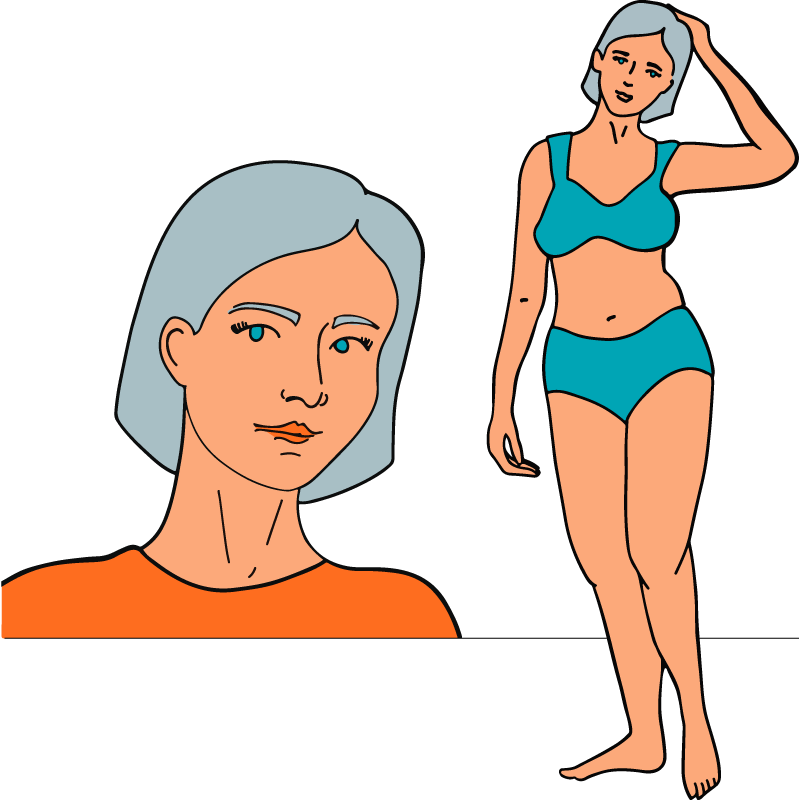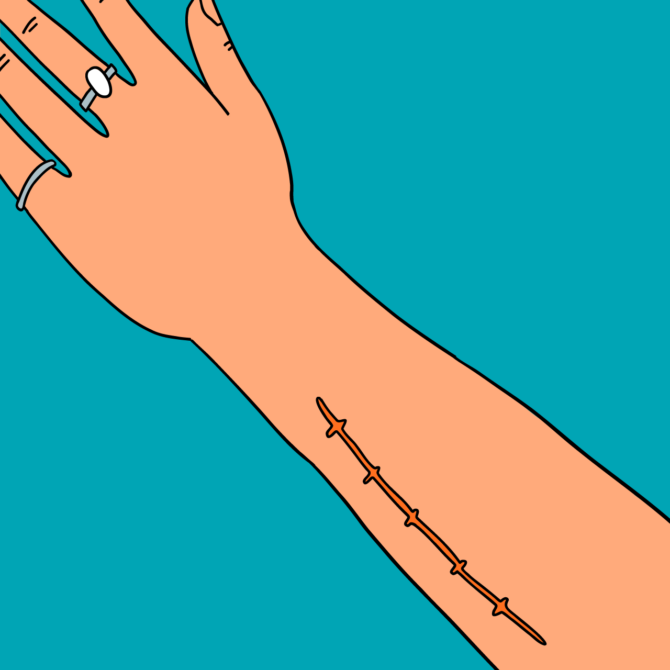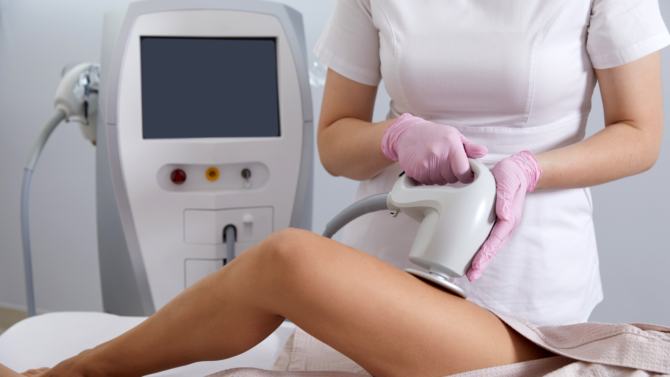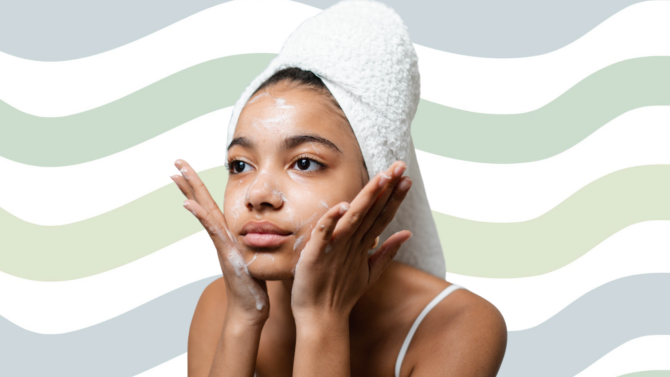Scars
Scars are permanent marks that remain on your skin after a wound or injury has healed. Scars can vary considerably in appearance and texture depending on their location on your body, how deep the wound was, and how good your body is at healing itself after it sustains damage. Your body forms scars as part of the natural process of healing wounds.
Your skin has multiple layers arranged into three primary layers: the epidermis, the dermis, and the hypodermis. The outer layers of skin form the epidermis, which acts as a protective barrier and also contributes to skin tone. The next layers of skin form the dermis, which provides structural support for the epidermis and also contains the skin’s vascular system, hair follicles, sweat glands, and oil glands. Below the dermis is the hypodermis, the deepest layer, which consists mainly of fat and connective tissue.
When your skin suffers damage, your body creates new collagen fibres to mend it. These collagen fibres make up the scar tissue, which has a different texture and often a different colour from the surrounding tissue.







 The Tweakments Chatbot
The Tweakments Chatbot